Don't wanna be here? Send us removal request.
Text
Montessori activities for 2 year old at home
The terrible twos as they are called daybreak in! However, you will not need to fear this transitional change for your kid, it may be handled. There are strategies that may help this interval to be a smooth transition. This can be accomplished by giving chance to do the tasks suggested to them and giving children choices to prevent power struggles and enabling them to accomplish things alone. At this point, kids need to be given more freedom as they grow up. This is often shown in the environment. How it is arranged by one such that the kid can alone accomplish things for himself. This subsequently gives him/her the sense of accomplishment and in turn develops a high self-esteem. The key will be to set up the environment in which he can triumph in order to do things by himself safely. For young child things may have to be set up step by step, which might be slow and tedious for adults but is crucial for a kid who is learning.
Language
Language explosion frequently happens at around the age of TWO. This is when children has raised their vocabulary by tenfold and nearly miraculously starts to speak in sentences. One should then support this by teaching the child more vocabulary and becoming a great language model. The kid will begin parroting words the manner in which you say it and you will say, so be attentive with what you say. The youngster also will not have to have baby talk and transforming to a high pitched voice when you talk to your child is unnecessary. Speak with them like you would to another man. Speak to them clearly in order that they are able to absorb what you are saying to them. Don't correct them when children at this age misarticulate some words. This might make the child fearful of trying new words but instead model it. When you reply say it again after them. This will let them know of their blunder without being shamed. Talk to kids about things in whole sentences. Try and explain why things are so they are going to comprehend. The best language model they can have is the a
Care For Self
These are shoes, and tasks for example dressing oneself, by being given the opportunity to make an effort to place on their very own clothing. This can be practicing with Velcro, zips and buttons that are discovered in their very own clothing.
Daycares in Vaughan
Montessori 24-36 Months - 2 to 3 Year Old - Daily Montessori
Food Preparation
This is the most interesting and applicable for most children. Food is consistently interesting for kids and preparing what they'll eat might even make them take pleasure in the meal much more and eat more since it makes them part of the process. These tasks having a stool for the kid to stand on and can be done on the kitchen bench or on the kid sized table. This cut up fruit can be as easy as teaching the child to butter their own pledge, washing fruits and even skin vegetables. These activities should be prepared so that it'll be successful for the kid safe for their sake and to accomplish as well. Food contraptions that make things easier, like apple peelers, avocado/ apple slicers are the very best approach as it makes things simple enough for children to involve your child in food preparation.
Attention for the environment
As mentioned before, have child sized sweepers, mops cloths (for wiping the table) and sponges to permit the child to clean like they grownups do. A little watering can that the little one can carry himself can also be utilized. Instruct the kid at the place where they are able to get water for themselves and to walk quite carefully when carrying the watering can so as not to spill water. You may have a little sponge which goes on the tip of the spout to prevent this from occurring with younger kids. The plants to be watered can be potted indoor plants or in the backyard garden.
Montessori - Practical Life - Care of the person- Washing Hands
Dining Area Set Up
At this point the kid can eat the food that the family has. The kid might also have meals with the family so that he or she can also discover the proper social part of eating meals. Your son or daughter could be placed in a high chair along together with the family near the table to truly have a sense of belonging. If possible have the child using exactly the same table as the family is. Remove and have him pushed up on the family table. The kid can also pick to eat in his own table and chair. A kid can have his own accessibility to a low drawer in the kitchen which can include plate and his own utensils. The utensils and plate do not need to be plastic and can be actual lightweight. The glass can also be real. You may surprise in case the kid is taught how you can take care of things properly, handle things with care. If the little one chooses to eat at his table that is low there should be no anxiety for glasses to break as it a short space to the earth. This may also teach the child how to look after their very own plates and glass and spoons and forks. A placemat with drawings of the plate, spoon, fork and glass could be drawn on it as a guide for table setting. See Pouring a drink action.
Spreading jam/butter on crackers or toast
Have a small plate, knife that is small and little container the jam will likely be put in. Put a bit of jam that will be sufficient for one piece of toast or cracker on the container that is little. This can guarantee that there are going to be no waste of food if the kid decides to use all that's accessible. Constantly show the kid slowly the best way to spread it on the jam highlighting small details for example ensuring, and getting a bit of spread the whole of the toast is covered.
Dwelling Area Setup
In this area one can have one little ledge for his toys that he/she may use when with the family. One can also have a child sized wooden table and chair for the little one to be able to make use of for his work/play. They could use other mediums for craft or big sizes crayons also accessible to the little one. You can determine to get painting accessible as the wreck may be more difficult to clean for indoors but this might be ideal for the outside. You can also give a tiny rug or mat for the kid to work on instead of the table. Their work is subsequently contained by this to a particular place.
Apple Slicing
This involves using an apple slicer that can be located in shops. We desire a sharp knife for the mature a cutting board, tongs plus a small bowl. Require the apple and cut it in half horizontally, this will definitely make the apple be on the board for the kid placed on a secure flat side. Put the apple on the flat side and take the apple corer on the apple, shove the corer a little bit to reveal your kid the way to shove down. Start it for them and allow them to continue. You may help by placing your hands over theirs. Use the tongs to take out the core to be thrown and the remaining part of the apple in the bowl once it is cut all the way through.
Banana Slicing
This will involve a small butter knife, a tiny cutting board, little food tongs plus a small bowl. Determined by the skills of your toddler, ask them to skin to banana by making a little cut for them and asking them to just pull down on the peel. Request the little one to lose it properly, as the rind is completely off. Get the banana and put it on the cutting board. Slowly get the knife and cut the banana in bite size pieces. Stress on the cutting motion or shoving down the knife. Give your youngster a turn. It really is regular, if they don't cut the banana in the right size as a result of difficulty for them. They'll get more adept later on as they practice more. After all of the banana is cut, take the tongs and place each banana piece to the tiny bowl from where it may be eaten. Kids may also slice with a small sharp knife cucumbers, ripe tomatoes, squash, eggplants, and other soft vegetables, as the children get older and slicing has become an easy action for them.
Practical Life
Montessori observed that children needed to help in the upkeep of their particular environment. She subsequently developed practical life activities. This can be tasks that adults do every day that kids see and might wish to copy. It is often as complicated as washing dishes, or clothing, or as simple as sweeping, mopping and dusting. For the home one can have a child sized broom and dustpan and mop. Children like to clean up. Direct them to where you might rationally keep the mop when they might see a wreck and show them if they don't yet know from watching the adult, how one does it properly. When revealing children a specific activity consistently exaggerate your activities so that they will not miss details of performing that straightforward job that we as adults may take for granted. Request your kid to help with the smallest tasks as dressing themselves, wiping their own table up after themselves, putting dishes in the dishwasher, mopping, sweeping, and placing the clothes in the wash.
0 notes
Text
Best Montessori activities for 7 year olds
Geoboard - Three Ways
Otis has been home from school for the previous three days, so we have pulled out a couple of new activities! Above is a typical geoboard together with the extra turn of using grid paper. The child draws shapes on the paper then makes the shapes on the geoboard. When using the geoboard Otis typically makes random contours and occasionally creates a picture or small scene. Above he's using a transparent geoboard on the light table. I made Otis this natural geoboard - inspired by this place at Fairy Dust Teaching. I really like how it's a bit rustic and gets the kid think a little differently about making the contours. It looks somewhat more colorful too!
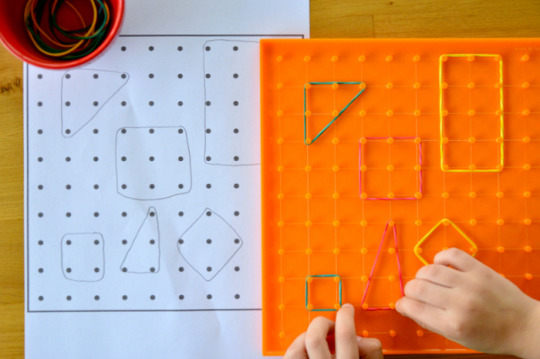
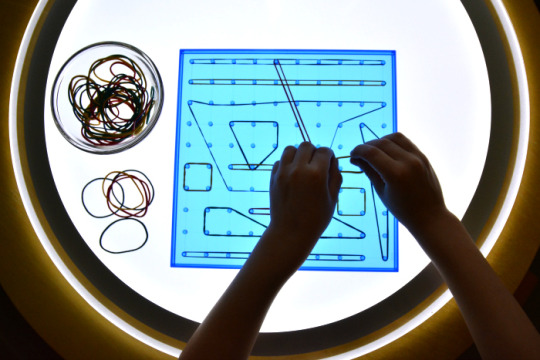
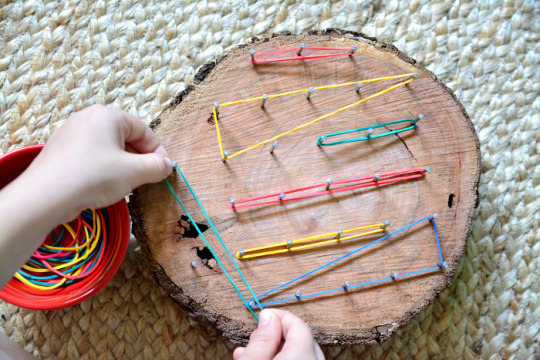
Private home daycare
Alphabet Puzzle Bag
If so, this really is a really fun activity that strengthens knowledge on the contours and type of letters. I'd not do this in a way to teach children their letters or to test them but to reinforce their knowledge. I'd comprise letters they're assured with alongside letters they may be struggling with. This really is a basic task of putting the letters from an Alphabet Puzzle or Moveable Alphabet into a Mystery Tote and allowing the kid by making use of their hands as well as their sense of touch simply to identify each letter. Select the letters from the Alphabet Puzzle (or Moveable Alphabet) and place them in the Enigma Bag with no youngster seeing. Invite the kid over to sit down at a work mat or table. Encourage the child to put one or both hands in the bag and one at a time, without peeking, identify which letter they're holding. The idea is the fact that through touch the kid forms a graphic of the letter in their own thoughts. If they are able to remember the sound of the letter it can help increase their connection between the sound as well as the shape and type of the letter. As an extension, in case you have included vowels and consonants you could also encourage the kid to make some words with the letters they've identified. Above Otis puts his hand in the Puzzle Bag and feels for a letter. He has identified this as a 'w'. He places the letter on the mat and sets his hand back in for another letter. The Puzzle Bag is one of our favourite stuff which we've used many times over time. Otis used his first Mystery Bag as a toddler with a few family items in it. It really heightens their sense of touch. Our Mystery Bag is an easy silk lined, drawstring bag. I generally keep it to around five items in the bag. With all actions at home, I attempt to keep it engaging and light-hearted. In case you give this a go I hope you love!
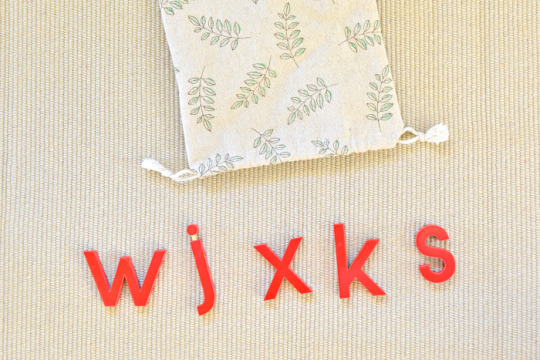
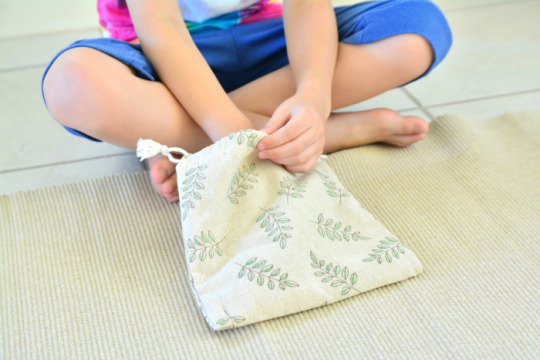
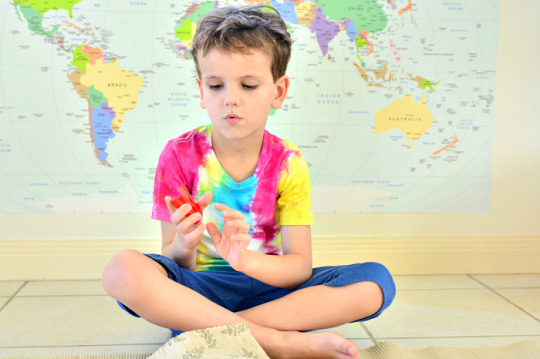
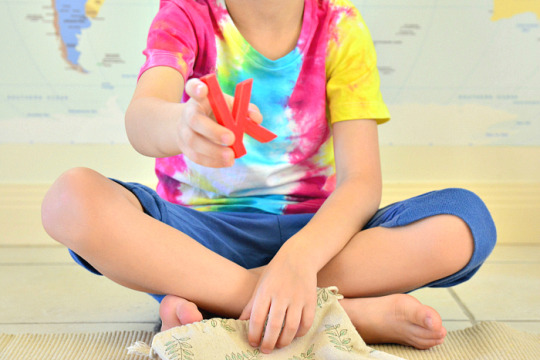
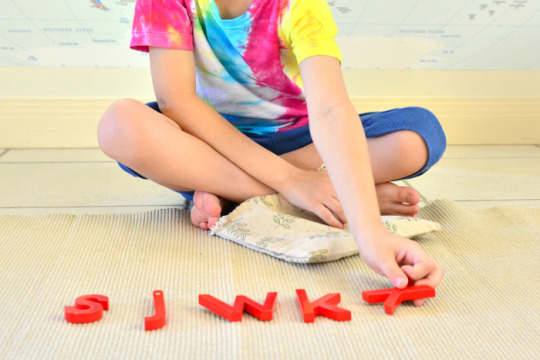
Geometry Love- Montessori Stuff for Geometric Form Work
You might have guessed following yesterday's post, that we have been doing plenty of geometric contour work around here! We have been using the Geo Strips (number 3.) and I am often asked about them. So I Have compiled a quick list of some other geometric contour construction sticks and bits that might be helpful for a Montessori home or classroom! 1. Learning Edge Linking GeoStix (Australia here). 2. Learning Resources Geometric Shapes Construction Set (similar Australia here). 3. Geo Strips (Australia here) (you are able to see Otis using the Geo Strips in this post). 4. Wikki Stix Basic Shapes Creative Fun Kit. 5. Learning Resources Transparent Anglegs (the Anglegs come in different sizes also!). 6. Montessori Geometric Stick Material (Australia here) (I adore this picture from Westside Montessori School of the Montessori Geometric Stick work, with a brief description).
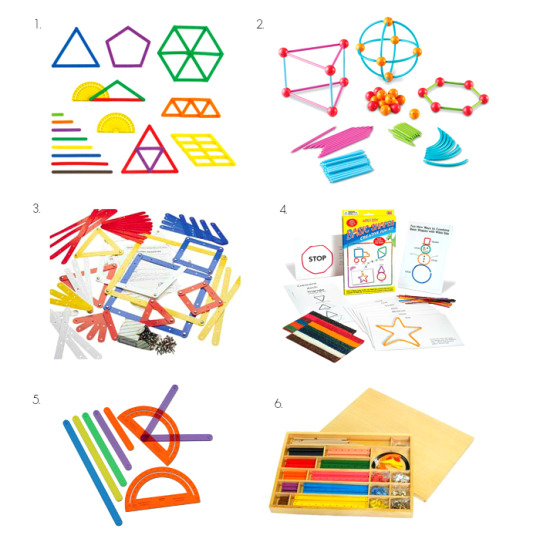
Using Scales and Balance Buckets
Below are some other Montessori and Inquiry-Based learning ideas that I adore. These tasks are also extremely simple to put together. Our scales were around $15, or you can use kitchen scales, and we only use materials we already have at home! I adore the sensory table for younger children (#6). I believe I will attempt a set up like #3 next, where the kid has many different substances to consider and record - it looks amazing for some additional mathematics and literacy skills! 1. Equilibrium pail with loose components at How we Montessori (on our shelves here). 2. Maths In the Playground with An notion on Tuesday. 3. Magnet Trays and Scale Weighing at Learning Cente of Dundee Omaha, Nebraska 4. Fall Inspired Weighing Task with Balance Scales at Montessori from the Heart. 5. General Mathematics Provocations at Welcome to Primary. 6. Equilibrium Scales in the Sensory Table at An Everyday Story. 7. Equilibrium scales at How we Montessori. 8. Exploring Measurement Through Play - Mass at Suzie's Home Education Notions.
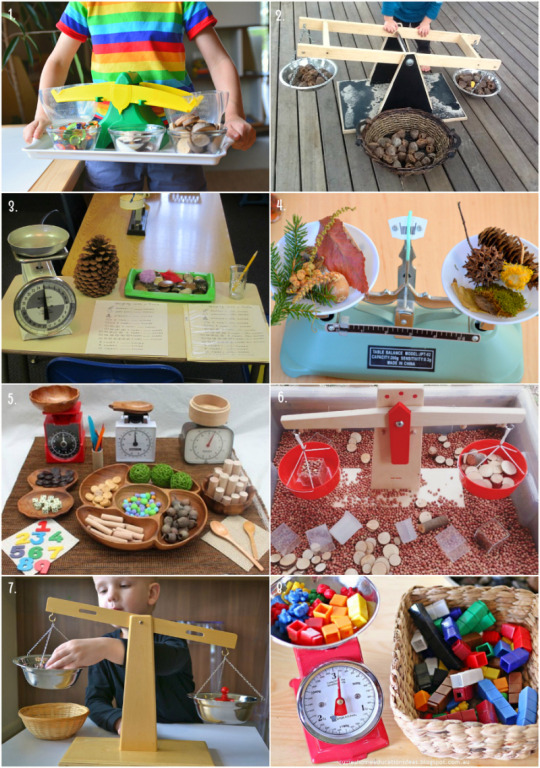
Montessori Sea Shell Actions You'll Love!
My children love tasks that include natural materials. Where there is something for them to hold, feel, touch. Where there is something that's interesting, with fascinating minor details. Today I'm featuring some Montessori Shell Actions whom I understand you will adore. The Shell Poster (left in top image) is from Montessori Stuff and the Univalve/Bivalve sheet is from Montessori for Everybody. Cleaning a sizable shell - Brosser un gros coquillage at Le blog de Sylvie d'Esclaibes. This really is a fantastic idea, the majority of our shells are unclean and could do with a superb scrub! Matching shells to cards - Another example of matching shells to cards can be found at Les aventures chez nounou Marie. Sea shell sorting with cards with labels at Very Montessori. I believe they are using the wonderful shell group and matching cards from Michael Olaf! The cards possess the name of the shell which introduces the language element and allows the parent or caregiver to provide the little one with the proper lingo. This really is from one of my favorite nature tables (which contained lots of shells) where Otis is making depressions with the shells into sand. I recall one of Caspar's favourite activities when he first started in his Cycle One classroom (in Canberra as a three-year old) was a tray with many different varieties of shells along with a simple magnifying glass. There is some thing exceptional about sea shells!
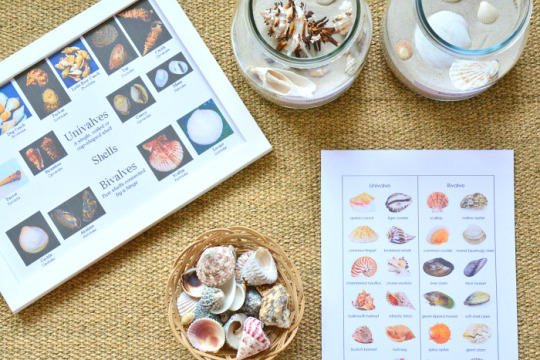
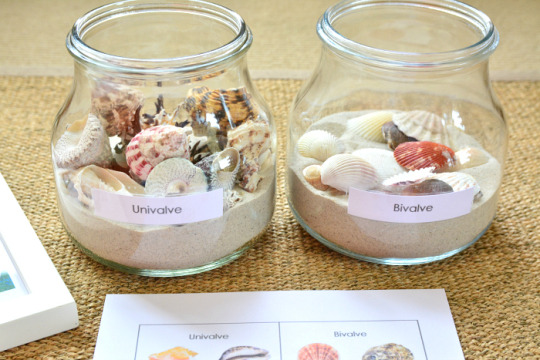
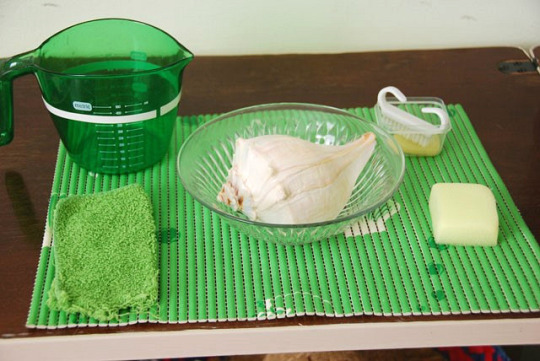
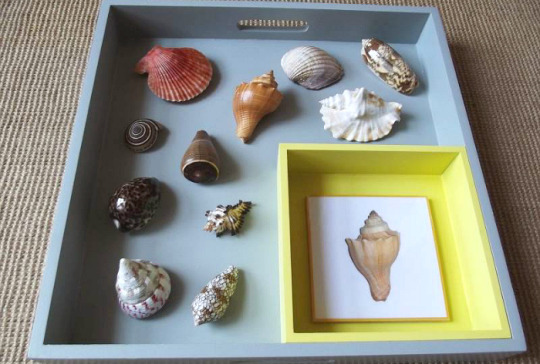
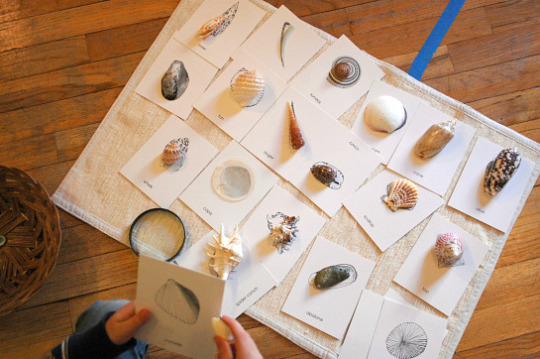
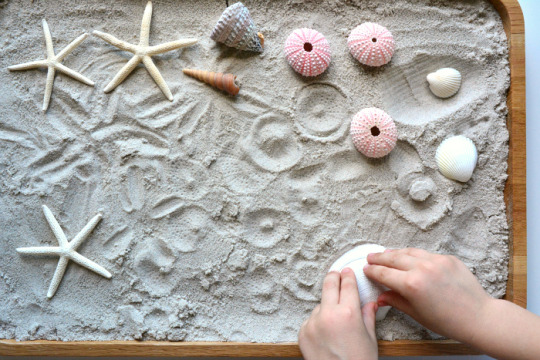
Playdough - Four Ways
Otis is five and loves playdough now more than ever. I've written sometimes about how we use playdough, always with distinct items and in different colours, textures and aromas. Adding essential oils to playdough is crucial. Here are four ways we are currently reveling playdough. 1. Alphabet Stamps. This is an excellent early literacy action, recalling it is best to start with lower case letters. 2. Other Stamps. We've got lots of stamps at home so there is always lots for the boys to choose from. Above are some hand carved stamps I picked up at a market, they are extremely thorough. I have likewise wiped down our Melissa and Doug stamps and these work really nicely with the playdough too! 3. Gumnuts and Sticks. I love combining natural materials with playdough. Feathers, shells and pinecones can also lead to creative play with playdough. We don't have these chewing gum nuts in our neighbourhood so I ordered them through The Natural ReSourcer, they make the cutest small caps or hats. 4. Galaxy Dough!! I have needed to do this for the longest time. It is just black playdough with a lot of glitter blended through. Otis was amazed! It's interesting to play with as it is so different to our other playdough. Spotlight (a craft store in Australia) and cake decorating speciality shops have black food colouring including in a powder form. They frequently have plenty of distinct colors of food colouring which will make a pleasant change from the regular colours you see in playdough. We could make a set of playdough all in the same colour but in different colors - wonderful! We use playdough and Alphabet Stamps from Joyful Hands Happy Heart. I trust you've appreciated this little peek into our playdough play!
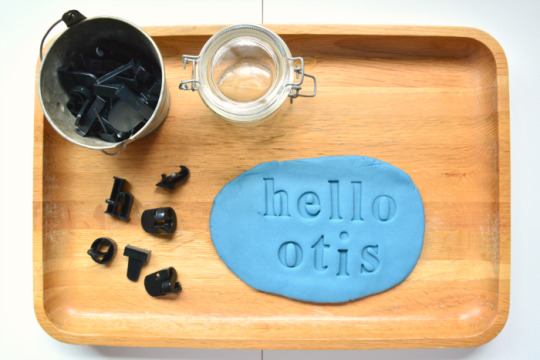
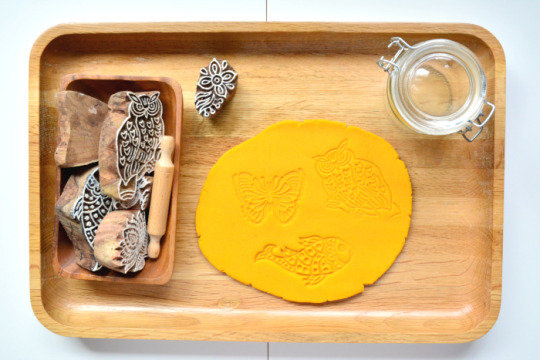
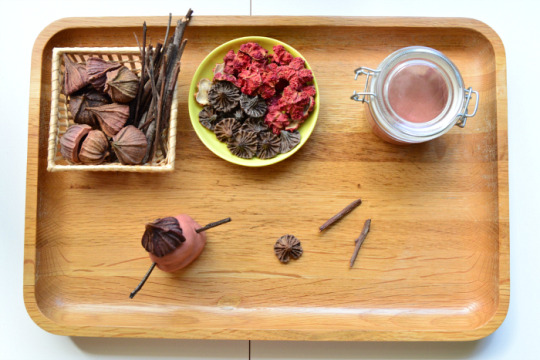
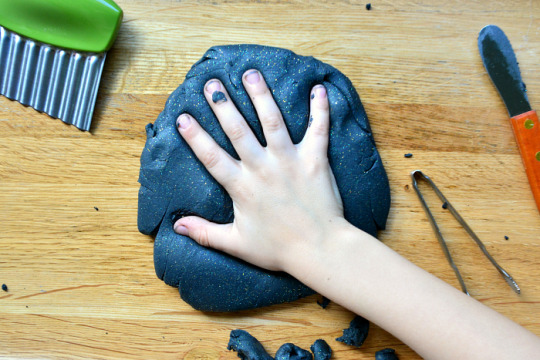
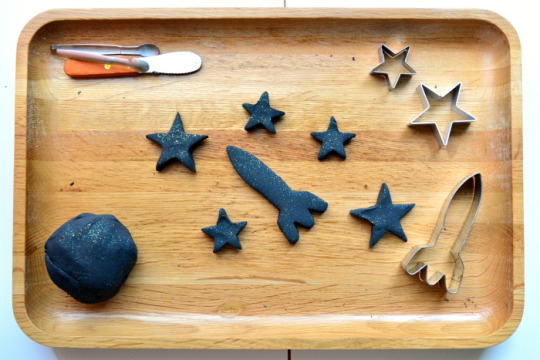
0 notes
Text
Montessori ideas for toddlers at home
Bath Tub Jello (to dig for the hidden animals)

Writing

Cereal

Numbers and Counting Dots

Best child & day care centre in Toronto (Ontario) here
Basic Skills Puzzle Cards

Letter Matching

Shades of Color

Brushing Hair

Events from Books

0 notes

